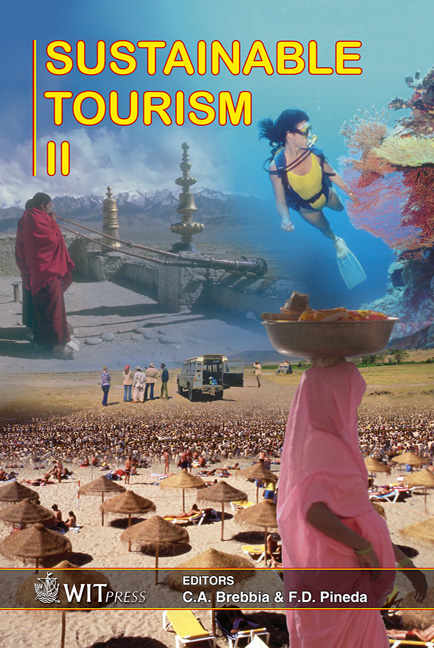Kakamega Forest, Ecotourism And Rural Livelihoods: Linkages And Interactions For The Kakamega Forest Region, Western Kenya
Price
Free (open access)
Transaction
Volume
97
Pages
10
Published
2006
Size
561 kb
Paper DOI
10.2495/ST060141
Copyright
WIT Press
Author(s)
O. Kambona Ouma & C. Stadel
Abstract
In view of the problem of agricultural sustainability, high human population and the precarious status of conservation efforts in the Kakamega Forest region, this study investigates the nature and extent of linkages and interactions between the adjacent Forest Community and Kakamega Forest. Using structured and semistructured interviews (questionnaire-based), in-depth interviews and discussions as well as participant observations, data was obtained from the adjacent Forest Community, top management of the Forest, operators of ecotourist facilities and tour operators to the Kakamega Forest region. Results indicate that the adjacent Forest Community interacts with Kakamega Forest mainly in terms of resource and agricultural use. However, these interactions are largely regulated by the Forest management especially in the Northern part of the Forest which is managed as a nature reserve. Activities undertaken by the majority of the CBOs do not have a strong link to tourism. Consequently, the benefits generated from ecotourism are not sufficient enough to sustain the Community-Forest linkages and interactions. Land use activities in the Kakamega Forest region are mostly based on agriculture. This greatly influences the type and extent of human-wildlife conflict, conservation and livelihood strategies in the Region. Keywords: ecotourism, forest management, adjacent forest community, rural livelihoods, linkages, interactions.
Keywords
ecotourism, forest management, adjacent forest community, rural livelihoods, linkages, interactions.





